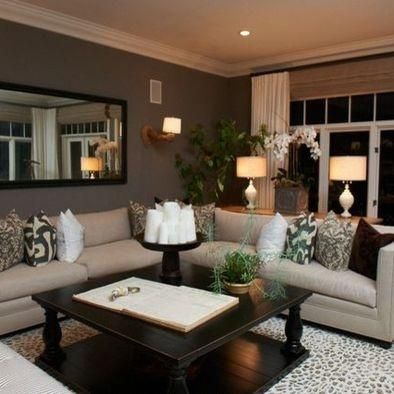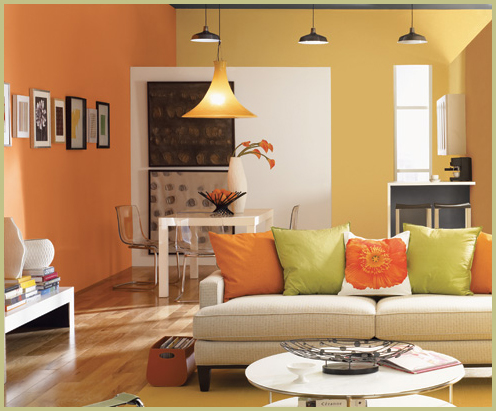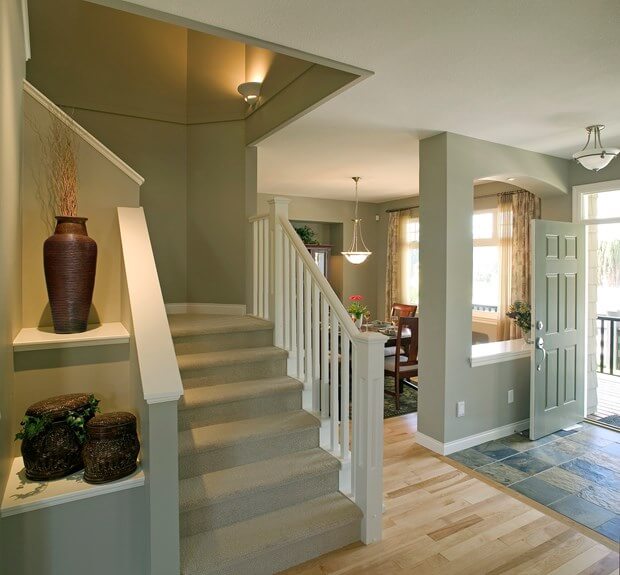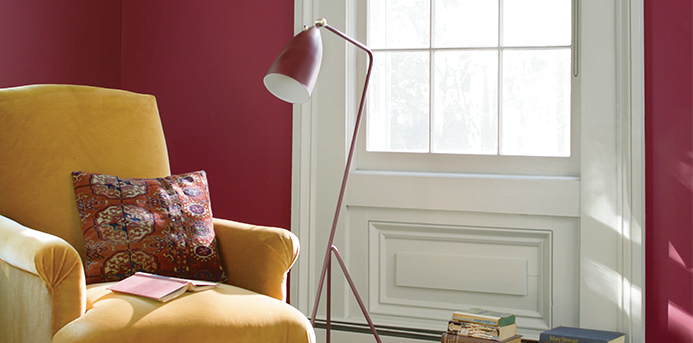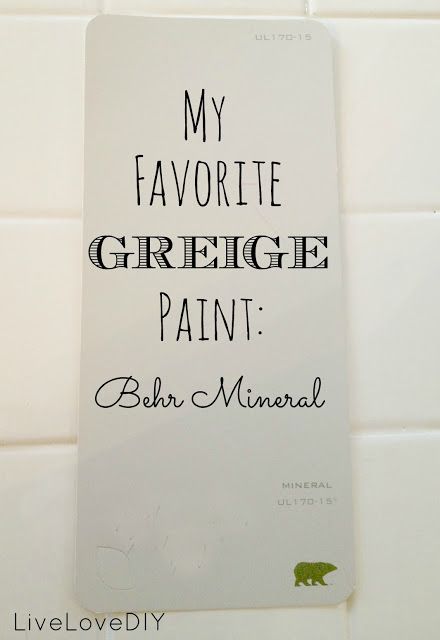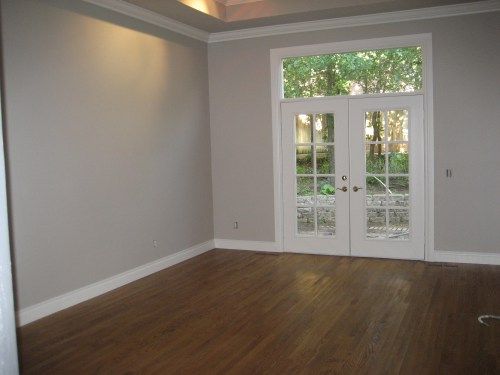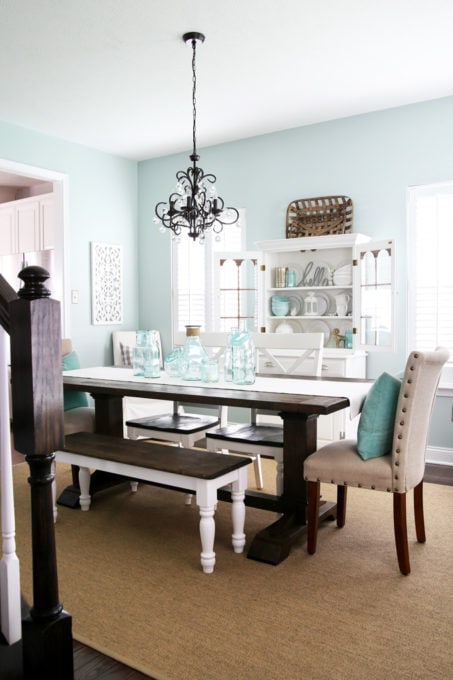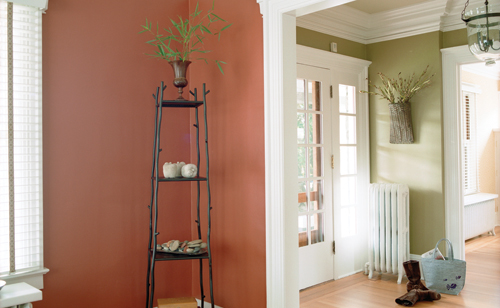Find your perfect paint color in 7 easy steps
(No color consultant required)
Choose a new color scheme for your home – easy, right?
While some people may take the opportunity to choose a new color scheme for their home, the same task can feel both daunting and stressful to most – and for good reason!
The perfect – or wrong – choice of color in a house can make or break it. So there is a lot of pressure to get it right and avoid the dreaded possibility of having to spend extra time, money and effort to fix it when everything turns pear-shaped.
An obvious solution might be to hire a (carefully selected) color advisor to do it for you. However, if this is not possible due to budget constraints, time or availability, you can choose your perfect color yourself – without a headache.
Step 1. Get a full view of your color options
Before you even think about shortlisting colors for your home, you should be saturated with as much information as possible. Some reference materials could be: drawing cards, magazines, brochures, open house visits and online searches. This is to ensure that you know exactly what can be done with color before making decisions.
When surfing, pay attention not only to the colors used, but also how the colors look in relation to other things. For example:
- Architecture – do some colors suit a particular style of living better than others?
- lighting
- Painted the substrate of the walls – ie drywall, shipbuilding, cladding or plasterboard?
- Styling and decor
- Flooring
Think about how your home will be compared to what you see and what aspects you want to change, change, or maintain.

Step 2. Limit what you like (and what you don't)
If you have an idea of what colors you're leaning towards, great! Start the selection process by placing it on a "Maybe" list.
If you're not sure what you like, get some momentum going by simply naming which colors you definitely knowNotThis is often much easier because there is no pressure to commit to a particular choice.
Once you've identified them, put those colors on a "definitely not that!" List. This will make your list of “maybe” color choices you can choose from a little shorter.
Step 3. Make clear what you want to achieve
Forget for a moment the color schemes and instead take the opportunity to clarify with yourself what you want to achieve with a new paint job.
It has been scientifically proven that colors affect our mood. To find a color scheme that you will be satisfied withYou have to ask yourself how your home should feel.
Do you want it to feel bigger? More relaxing? Energy supplied?
The colors you choose inevitably create the overall undertone of mood for your entire home. It is therefore important to identify this exactly.
Once that is clear, go back to steps 1 and 2 and start considering (and eliminating) some color options that match the mood or feeling you want to create.
Step 4. Find a (free) color rate
Hopefully you now have an idea of the colors you tend to (even if it's still an extremely long list!).
To further narrow down your color selection, look for (free) color recommendations from reliable sources. This could include:
- Your local paint shop –An ideal place to start. Not only do you know the current color trends, you can also give you clarity on how certain colors and shades look after painting (compared to the information on the color chart).
- Your painter –obviously scratch this idea out if the painter is you! If not, recalling the thoughts of your chosen painter can give you valuable insights
- Proud homeowner – This could be someone you know (and whose home you love), a neighbor, or even an open home you're looking through
And note – if you happen to come across a color scheme that you absolutely love, don't be afraid to ask the homeowner what colors they used – because from personal experience, I've found that most people do more than just Details are familiar when asked. Who wouldn't be flattered by someone telling them that they love their home as much as they do ?!
Step 5. Do some visual testing
It can be extremely difficult to imagine what your entire home will look like with a pattern the size of a matchbox in a new color.
Get rid of the guesswork and use some of the many apps and online tools available to get a visual perspective of how certain colors will look in your home.
In most cases, you will need to upload a photo of your selected room, which you can then easily play around with using the color card feature.
There are literally countless apps and online tools to try out – a quick Google search will help you here. Otherwise, you can also try out some online options:
Dulux Paint Color Visualizer
Taubman & # 39; s Paint Your Own Room
British Paints Colouriser
Olympic Paint Color Visualizer
Sherwin-Williams ColorSnap Visualizer
Step 6. Create ColorSample Boards
Although it is tempting to skip this step, it is important that you test your final color choice in color form before you make your decision.
Why? Simply because colors can look noticeably different in real life than online or on a diagram, since screen or print colors can vary considerably depending on the color.
Create some sample boards by buying some small sample pots of your chosen colors and painting a few large (the bigger the better) sheets of heavy cardboard (or old dry building pieces, for example, if you have them on hand).
These boards can then be placed in different rooms around your home to give you a clear picture of how the color “throws” in each room. Remember to look at the boards under different lighting conditions and at different times of the day (i.e. in the morning, evening and at night) as the colors are reflected differently depending on the light.
If you do this, you will see exactly what your chosen colors look like – which gives you the confidence to get that perfect color!
Step 7. The last test!
If for some reason you are still not 100% sold with the colors you chose before starting the painting process, consider buying enough paint to complete just one room at first. That way, you haven't wasted an absolute fortune on color if you change your mind as soon as you see an entire room painted!
Above all, do not hurry to choose a color– Choosing colors can be difficult, but it's worth spending the time getting it right. You will be grateful that you have been doing this for many years!
